One of the most beautiful ceiling lights ever designed is the Zetlight UFO ZE-8000.
This ceiling light looks like an elegant UFO with a LED cluster in the middle. It’s sold in a lovely package with its tank support.
Techincal characteristics of the Zetlight UFO ZE-8000
LED channels:
There are four LED channels which can be individually controlled, or the various LEDs can be controlled together. In total there are 44 LEDs:
- 7 led cool white;
- 4 led deep blue;
- 4 led royal blue;
- 10 led blue;
- 3 led cyan;
- 3 led green;
- 1 led amber;
- 9 led red;
- 2 led violet;
- 1 led ultra violet.
- Dimensions: 20.3 x 20.3 x 3.9 centimeters;
- Suggested aquarium dimensions: 60 x 60 x 60 cm;
- Minimum aquarium dimensions: 30 x 30 x 30 cm;
- Maximum aquarium dimensions: 90 x 90 x 90 cm;
- Total power: 96 watt;
- Weight: 7 kg;
- Cartificated waterproof IPX4;
- Titanium alloy surface treatment for metal components;
- Built in flame retardant polymer.
Optional accessories
Zetlight UFO WiFi Dimmer Control costs 50-60€ (present in our sample in trial).
Zetlight UFO Optical Lens 45° costs about 40€ (we have it but we haven’t assembled it yet).
Price: 500 euro vat included.
Construction
The Zetlight UFO ZE-8000 is built with incredible attention, and is very small and lightweight. They’re even smaller than the Maxspect Ethereal, which we like very much. Moreover it’s a great idea having the support in the package itself.
In order to cool the LEDs, there’s a vent on the upper part and a series of inferior openings. The noise that it produces isn’t loud.
You can control the ceiling light by touching the upper shell, but if you buy the optional WiFi module you can set it by tablet or smartphone.
Pictured above is the Zetlight UFO Wifi Dimmer Control, which has to be connected to the ceiling light to create a WiFi network. So, after downloading the app from the store, you can interact with the ceiling light to set it up. In this part we’re going to focus only on the technical aspects, but in the future we’ll analyze its planning more thoroughly.
Zetlight UFO ZE-8000 – our test
As usual we have tested the device with the probe by Seneye Reef system that we reviewed some time ago: its software has been updated recently, and now it can measure lux, PAR, and PUR.
We did 5 measurements, all of them at the middle of the ceiling light. In uniformity with the other measurements we’ve done, we stood 20 cm away from the ceiling light. We measured the maximum power of the ceiling light and then the maximum power of each one of the LED channels, then again the maximum absorbed power and the cos(fi).
As you can see in the chart these are the obtained measurements:
- PAR: 791
- Lux: 29,193
- PUR: 74%
And now the channels individually:
| Channel | PAR | LUX | PUR | Power Consumption | |
| Channel A | 391 | 14437 | 65% | 47.94 w | |
| Channel B | 556 | 20524 | 82% | 53.41 w | |
| Channel C | 60 | 2239 | 89% | 8.29 w | |
| Channel D | 60 | 2230 | 59% | 10.4 w | |
| All channels | 791 | 29193 | 74% | 91.5 w |
.
It’s easy to notice, from the chart, that the second channel has the largest amount of PAR and Lux, followed by the first one.
I don’t know if you have noticed that individually, the channels express greater power than when all together. It seems that the chip can’t push all the LEDs to their highest output, or that it subtracts power from a channel and gives it to another, like the AquaIllumination HD.
Power consumption
We did our survey of instant consumption with the RCE PM600 which can measure the Cos(fi) (or power factor). The result is already given in watts.
So the calculation of the maximum absorbed power is 91.50 watt.
It’s pretty much the same declared value of 96 w (-4.6%) which can be due to a different fan rotation.
Comparison with other ceiling lights on the market
We will consider the previous measurements done upon comparable ceiling lights. In particular, the Philips CoralCare (article), the GNC 466 (review) and the Maxspect Ethereal (article). The Philips registered 1,496 PAR and 55,230 Lux, the GNC 696 PAR and 25,697 Lux while the Ethereal 689 PAR and 25,440 Lux. The Zetlight UFO has a less light distribution in comparison with all the other ceiling lights, so at the same conditions it will have a less coverage.
Considering these values we see that we have really good results for the Lux and Watt, but remember that we’re talking about a ceiling light with a single cluster, with a concentration of LEDs in the same part.
| Ceiling light | PAR | LUX | Watt | Price | Lux/watt | euro per watt |
| GNC 466 | 696 | 25.697 | 120 | 1.400 euro | 214 | 11,7 |
| Philips CoralCare | 1.496 | 55.230 | 190 | 749 euro | 291 | 3,9 |
| Maxspect Ethereal | 689 | 25.440 | 130 | 500 euro | 196 | 3,8 |
| Zetlight UFO ZE-8000 | 791 | 29.193 | 91,5 | 500 euro | 319 | 5,5 |
.
So the value of lux per watt are superior to the Philips CoralCare, but the return will be optimal just in the middle. We think that the optimal coverage would be a 40×40 cm for SPS/hard corals.
The comparison between a Radion G2 PRO, here our review, and the most recent Radion that we tried, has revealed a value of 2,117 PAR, 78,049 Lux and 72% PUR in the middle of the ceiling light. We have very high values because radion are Cluster ceiling lights, with a high value in the middle of the ceiling light and a fast shifting all around. And compared with ceiling lights with a more distributed concentration we have different results: for example, Zetlight UFO is reduced to one third compared with a two generations older radion.
Costs
The Zetlight UFO ZE-8000 costs 500 euro.
The absorbed power is 91.5 watt, so we have relationship cost/watt about 5.5 euro per watt. Here’s a chart with the values of other ceiling lights:
| Ceiling light | Price | Consumption | Euro/watt | |
| Maxspect Ethereal | 500 euro | 126 watt | 4.0 euro per watt | Test |
| Philips Coralcare | 749 euro | 190 watt | 3.9 euro per watt | Test |
| radion XR30w G2 PRO | 790 euro | 170 watt | 4.7 euro per watt | Review |
| radion XR30w G4 PRO | 915 euro | 190 watt | 4.8 euro per watt | Article |
| OceanLed Sunrise 600 | 870 euro | 180 watt | 4.8 euro per watt | Test |
| radion XR30w G2 | 690 euro | 140 watt | 4.9 euro per watt | Review |
| radion XR30w G4 | 760 euro | 150 watt | 5.1 euro per watt | Article |
| Zetlight UFO ZE-8000 | 500 euro | 91,5 watt | 5.5 euro per watt | |
| CEAB Slide & Led | 2700 euro | 275 watt | 9.8 euro per watt | Review |
| sicce GNC 466 | 1592 euro | 120 watt | 13.3 euro per watt | Review |
.
The ceiling light is really well built, its shape is very particular and it’s slight. The price per watt is not the best of the category, but it has an high number of lux thanks to the concentrated cluster. It’s very easy to set up and in a future article you will see how we program it.
[Translated by Agnese Poggi]

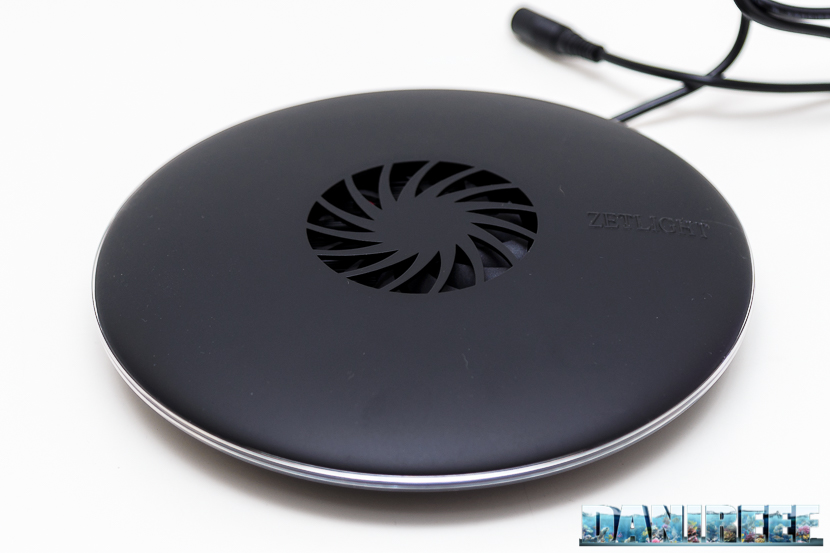
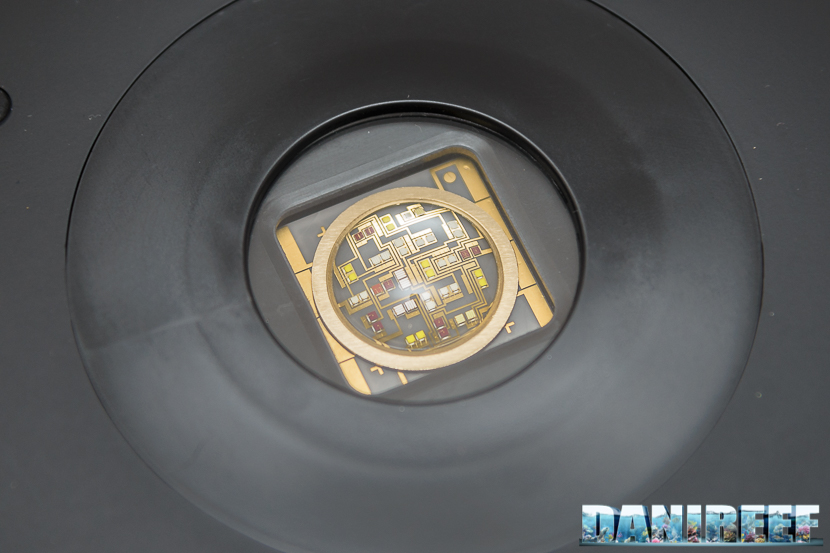
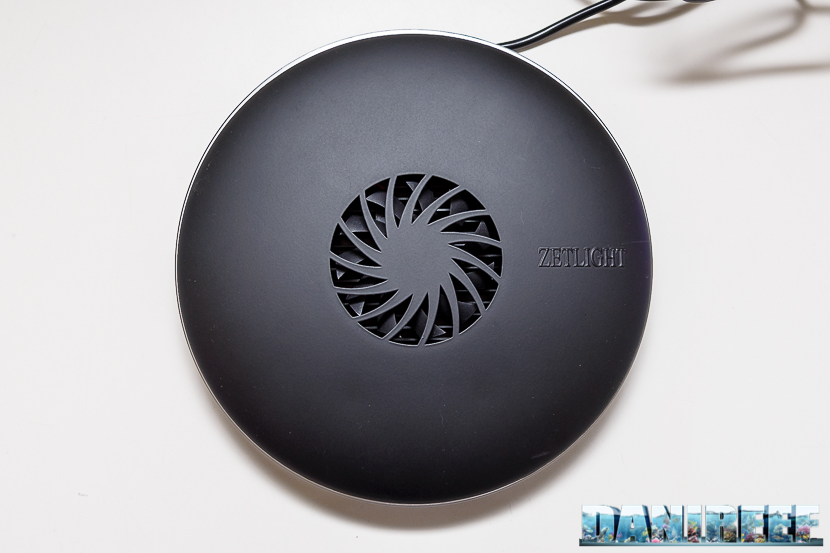
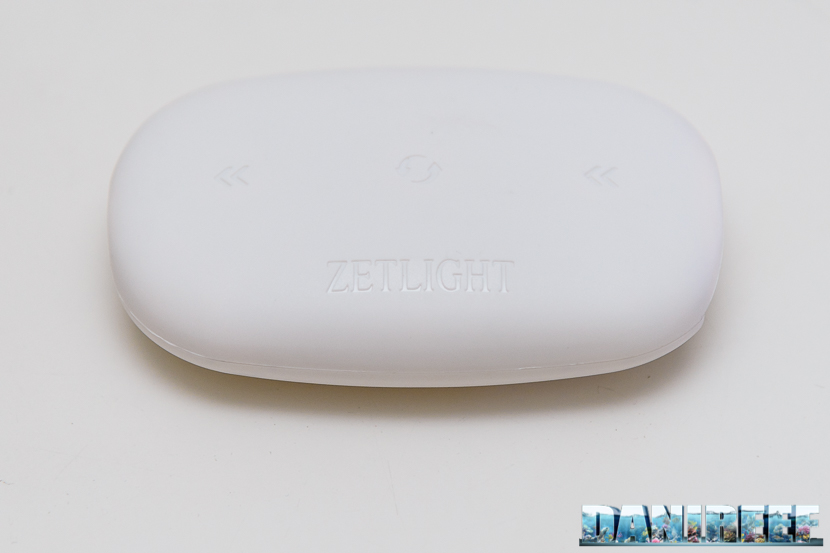
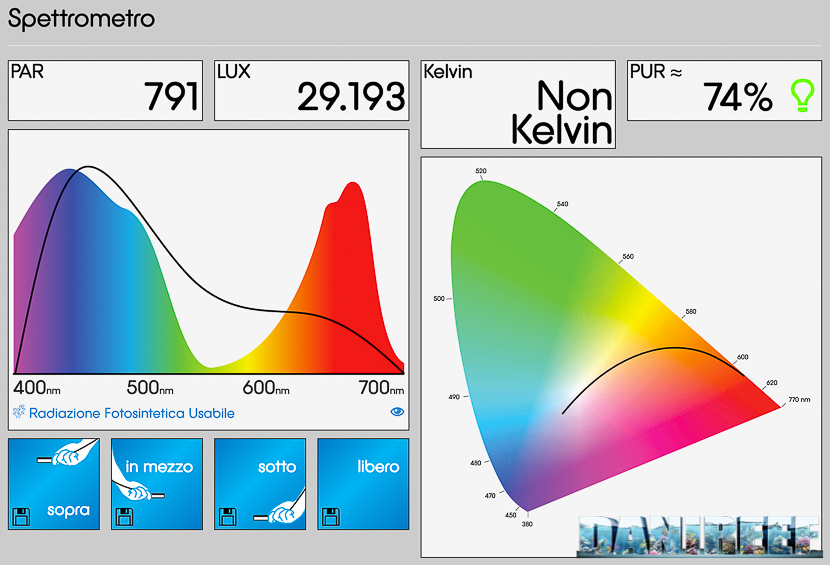
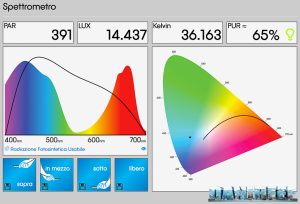

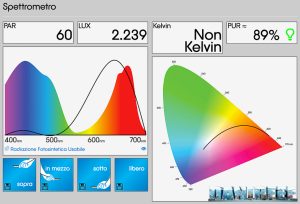
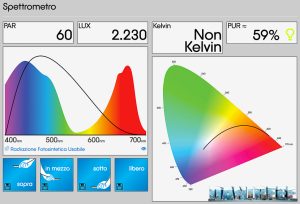
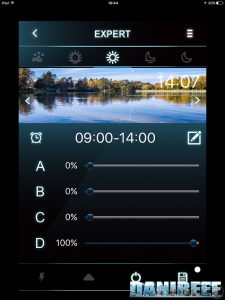
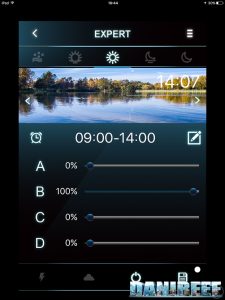
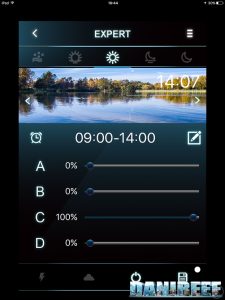
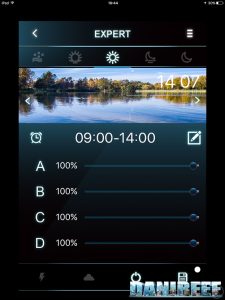
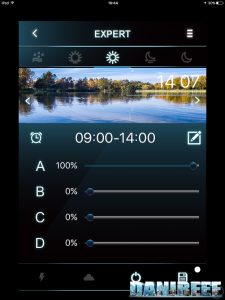
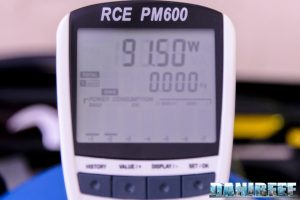
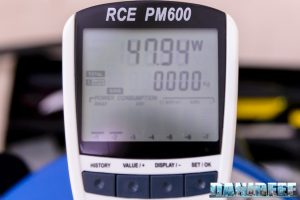
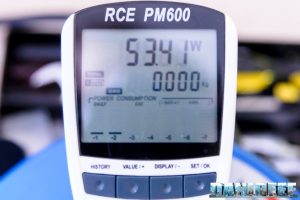
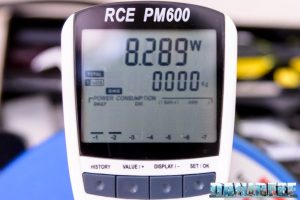

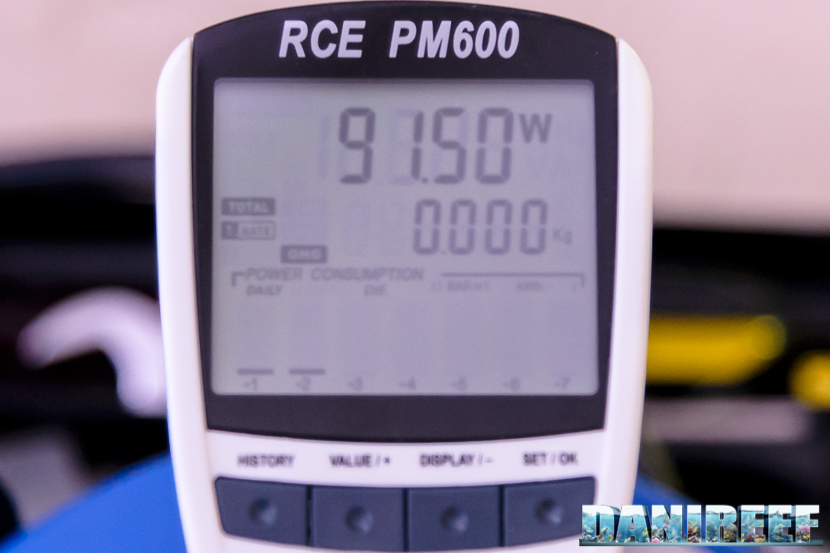









bonjour ou s’radresserpour avoir une matrice led de rechange
I think you have to contact the distributor